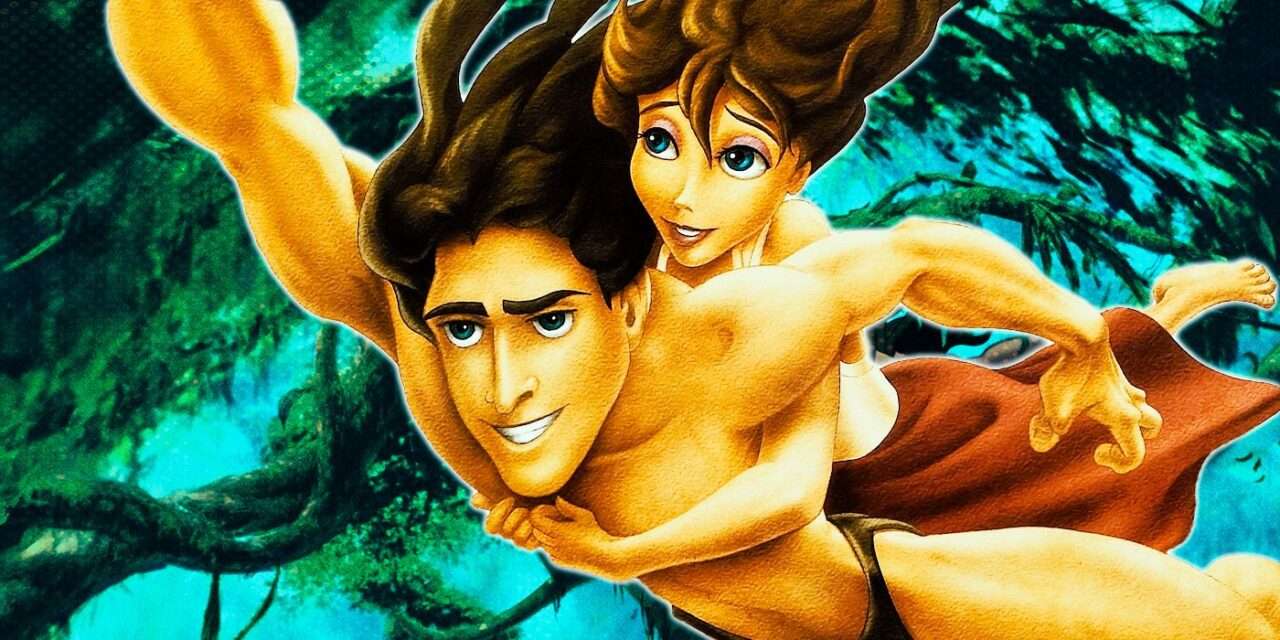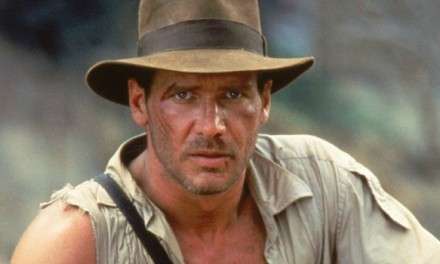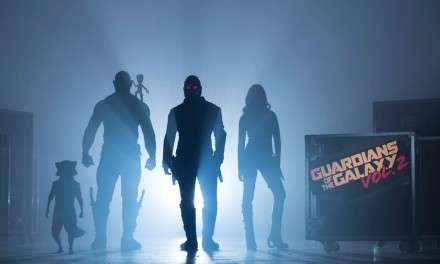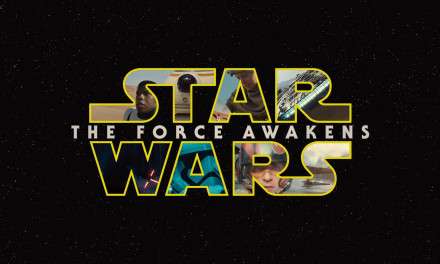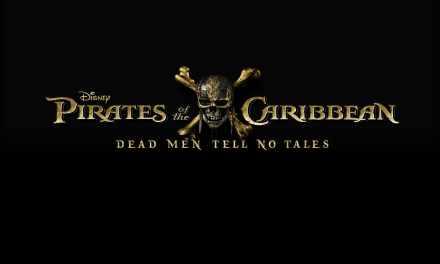Disney’s acclaimed animated film “Tarzan,” released in 1999, stands as the final flourish of the renowned “Disney Renaissance” era. Starting with “The Little Mermaid” in the late ’80s, this period rejuvenated Disney with one memorable story after another. While many movie adaptations had already brought Edgar Rice Burroughs’ forest-swinging hero to life, Disney’s “Tarzan” offered something fresh and unique—it was the first time Tarzan was brought to life through animation.
With its vibrant animal cast, thrilling adventures, and a captivating romance, “Tarzan” transported viewers to an exotic world where a boy raised by gorillas grew into a jungle’s protector. Despite the potential risks—given the character’s ties to action-heavy and often violent live-action predecessors—Disney managed to craft a heartwarming and visually stunning tale. Director duo Chris Buck and Kevin Lima, who would later earn accolades for other Disney hits, blended the essence of Tarzan with Disney’s signature charm. Integral to the film’s lasting appeal was its departure from the conventional Disney musical format. Instead of character-sung tunes, the movie featured an original score by Phil Collins. Songs like “You’ll Be in My Heart” added emotional depth, while the narrative emphasized Tarzan’s internal struggle and blossoming love with Jane.
Disney’s iteration of Tarzan also enhanced the classic tale by simplifying and refining complex elements from Burroughs’ original work. For instance, the ambiguous, fictional Mangani apes were replaced by recognizable gorillas, and Kerchak transformed from adversary to noble leader. These shifts not only made the plot more accessible for younger audiences but also enriched the storytelling with clear moral undertones. The film’s opening montage set against “Two Worlds, One Family” still stands as one of Disney’s most emotional sequences, resonating deeply and leaving an enduring impact.
However, while the film’s traditional 2D animation remains breathtakingly beautiful, some of its early digital elements appear dated today. This slightly uneven blend showcases an era where animation was transitioning to more computer-generated imagery. Yet, the heartfelt narrative, memorable characters, and Phil Collins’ unforgettable soundtrack ensure that “Tarzan” continues to be celebrated.
Even after 25 years, “Tarzan” exemplifies Disney’s ability to take timeless tales and infuse them with magic, making them resonate with audiences of all ages. It serves as a testament to the enduring power of Disney’s storytelling prowess during the Renaissance era.
Share your thoughts in the comments below—what are your favorite moments from Disney’s “Tarzan”? Let’s keep the conversation going!
Source: CBR

